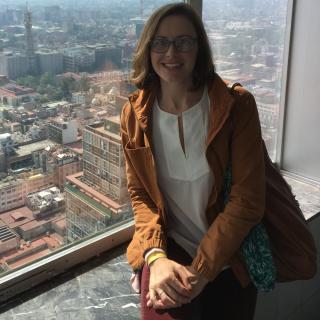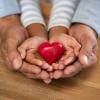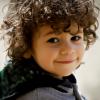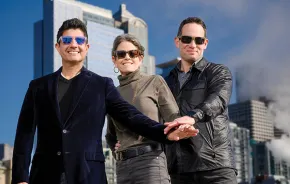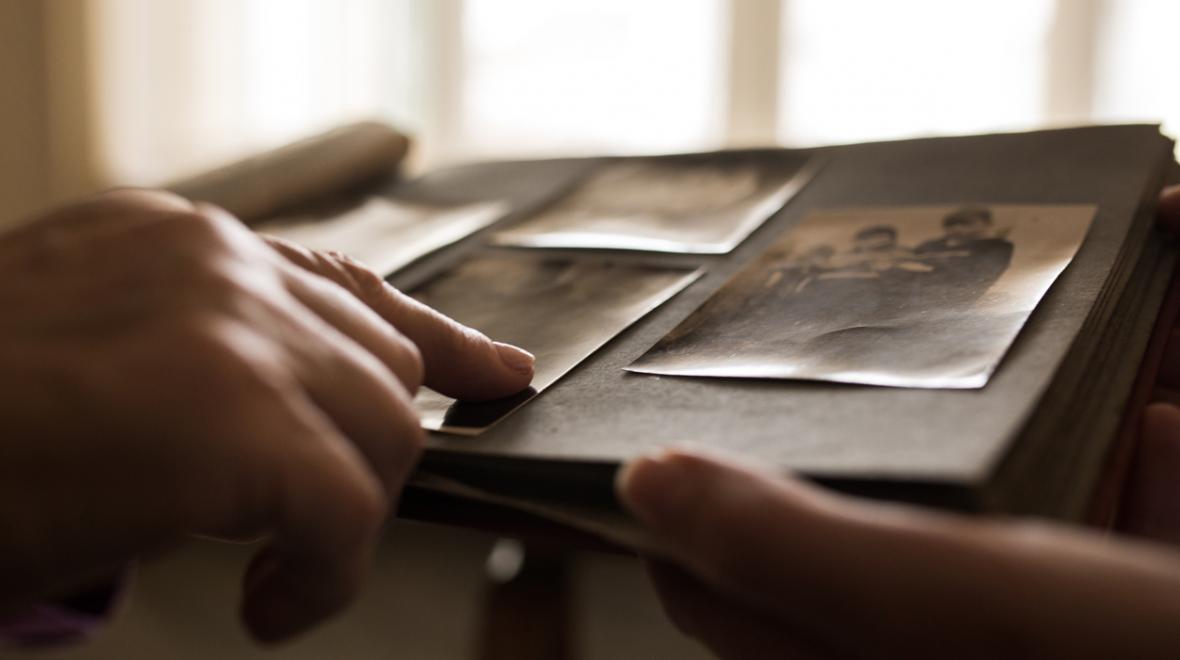
My first trip on an airplane was when I was 14, from Boston to the west coast of Ireland, for what my younger siblings and I affectionately called “the cemetery tour.” It was much more than that, of course; our first time using a passport, our first time experiencing another country’s culture firsthand, and our first time trying to get sleepy sheep to move out of a snow-covered winding road so we could pass.
The trip was my family’s response to our oft-recounted Irish ancestry. We spent the week driving through small towns and trudging through cemeteries, looking for signs and details of our Irish forebears. My two sets of great-grandparents actually didn’t live that far from each other, but when we drove the route between the two towns, we understood why that steep journey would have kept their paths from crossing. They emigrated to the States, to Boston and Chicago, respectively, some by way of Newfoundland, and proceeded to find work in woolen mills (my grandfather still recounts hours spent there as a child, winding bobbins) and digging city subway tunnels.
Growing up, I can remember aunts telling nostalgia-drenched stories about picturesque Irish towns; each time we pulled Scrabble and Pictionary out of an inherited chest of drawers, we recalled that it had been shipped across the ocean from a town in County Kerry.
In fact, when I married my husband and moved to Dublin, where he was raised before moving to my hometown for college, my family seemed to deal with the distance between us with their typical Irish sentimentality. If I had to be so far away, at least I had come “home.”
Eight years later, my husband and I left that Irish home on a very special mission: We moved to Texas to start our family through adoption. Sadly, adoption in Ireland is functionally impossible — the vetting process alone takes three years before you can begin the international adoption process. Only 52 adoptions were processed in 2018, a large portion of which were relatives adopting family members.
Just five weeks after uprooting our life in Dublin and starting over in Houston, we received a call from our agency that there was a baby in the NICU downtown — our daughter! Six hours later, she joined our family forever. The first few months as a family of three were a blur of bottles and burp cloths, belated home preparations for a new baby and approximately a million grateful cuddles.
When the newborn haze started to lift, the enormity of the mystery of our daughter’s identity began to weigh heavily on us. We had been told that her birth mom was “of South American descent,” although we remember someone mentioning that our daughter might be Salvadoran. As we learned more from and about adoptees, we knew we wanted to be able to give her information about her heritage that would help inform her identify as she grew.
When our daughter was 8 months old, we left her with a babysitter and drove to an address we found in her discharge paperwork, hoping to find someone who knew her birth mother and could tell us even a few details about where she was from and what she was like. An hour later, I was stunned to find myself face to face with the same eyes that had been staring up at me from the nursery crib for the last eight months. We learned about her heritage (Mexican, not South American nor El Salvadoran), and gleaned subtle details about traits she inherited that we’ll be able to recount to our daughter in years to come.
It was, in a word, monumental. And with that life-changing meeting, I realized what a gift I had been given to have always known about my own heritage and ancestry.
It was, in a word, monumental. And with that life-changing meeting, I realized what a gift I had been given to have always known about my own heritage and ancestry. What made me roll my eyes as a child as I tripped over centuries-old gravestones in a cold Irish cemetery was a tie to a community, an anchor of sorts to hold fast to as I began to build my own identity.
Twenty-two months after our daughter arrived, we welcomed our son. At 18 hours old, he was utterly perfect. And again, his heritage was a complete mystery. This time, however, a closed adoption means we have fewer avenues to search for information that will help us in informing his identity; we aren’t allowed to search for his birth mother until he turns 18. Instead, we will likely try DNA testing for all of us in the future to start to put together building blocks of his identity — and most likely find a few surprises in our own list of ancestors.
Our family is melded with a mixture of identities — we’ve expanded my singular Irish ancestry and now get to count ourselves American, African-American and Mexican, and probably many more nationalities and ethnicities that we’ll embrace as we discover them together. While we may never know the full scope of the histories of our children, we’ll honor those we do discover and lovingly add them to the list of cultures to learn about.
And one day, we might just get to take an epic family cemetery tour around the world.




